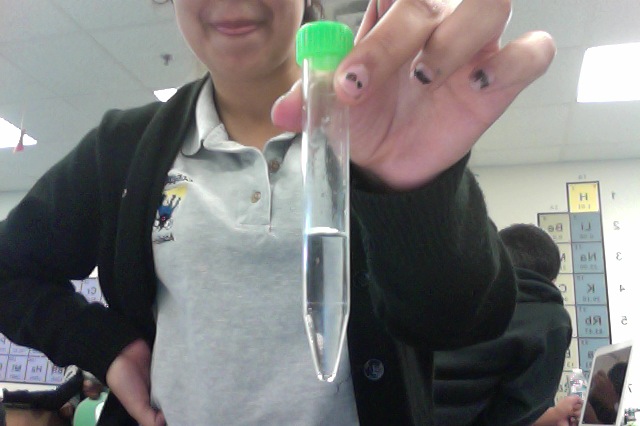Commonly used detection methods for drinking water microorganisms
For the water quality tester, there is some data that can't be obtained whether it is on-site inspection or in the laboratory. For example, the detection of microorganisms in drinking water quality, if you want to get their data, if you rely on the water quality tester, you can't get the data. And if you want to know the specific type of microorganisms in each type of drinking water, you must use some other corresponding testing methods.

The three main steps in the detection of drinking water microorganisms:
(1) recovery and concentration, (2) purification and separation, and (3) determination and characterization. In most cases the concentration of microorganisms in the water is very low, so the actual test needs to initiate the step of concentrating or concentrating from water. Because many of the concentration and recovery procedures for pathogens are also able to obtain other components in the water sample, purification is required to separate the unwanted material. However, the volume of the concentrated sample at this time is usually still too large to meet the analytical criteria, thus requiring an additional concentration step and purification.
The physicochemical properties of microorganisms also have an impact on recycling. For example, the size of the shape will affect the physical methods of recovery, such as filtration precipitation and flotation. The surface properties of microorganisms, such as their hydrophilicity, permeability and chemical reactivity, can affect chemical separation. Most microorganisms are hydrophilic and negatively charged at neutral pH, but most microorganisms are also hydrophobic and they have hydrophobic and hydrophilic domains. Some microorganisms have a stable phase or form. Some bacteria also have other characteristics that affect physicochemical behavior, such as outer polysaccharide layers (capsules) and appendages such as flagella and furbrae. These various physical and chemical properties must be considered in the method of recovering and concentrating microorganisms.、
Commonly used detection methods for drinking water microorganisms:

MF method
A typical MF method for water analysis is performed by passing a known volume of water through a sterile membrane filter that is sufficiently small to eliminate bacterial cells (typically 0.45 [mu]m). The filter is then aseptically transferred to the surface of an agar plate or an absorbent pad saturated with a suitable selective medium. It is allowed to develop on the surface of the filter and can be directly counted and inspected. The MF method is fast and easy to perform, requires little incubator space, and can handle very large amounts of water. They have been the preferred method of microbiological examination of water used to indicate organisms for the past 30 years.
Rapid detection method
Although most people in microbiological water analysis still rely on traditional culture methods and MF methods. However, the time required to obtain the results is relatively long. For some specific microorganisms, we can use some rapid analysis methods, such as quantitative PCR (QPCR) technology to quickly detect indicator organisms such as E. coli, and specific pathogens, especially in MF. The combination of analytical methods is a fast and effective means, but the data will be high when some cells are not active.





